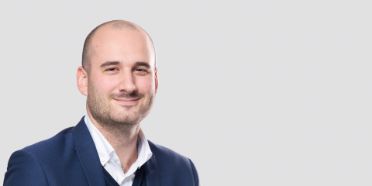Automatic work-related stress detection among nurses
Nearly half of the nurses leave their jobs due to work-related stress. Surveys are no longer effective in capturing the real-time stress levels. Our project aims to revolutionize stress measurement using innovative technologies .
Factsheet
-
Schools involved
School of Health Professions
School of Engineering and Computer Science - Institute(s) Nursing
- Research unit(s) Innovation in the Field of Health Care and Human Resources Development
- Funding organisation BFH
- Duration (planned) 01.06.2024 - 31.12.2025
-
Head of project
Dr. Christoph Golz
Prof. Dr. Souhir Ben Souissi
Situation
Healthcare organisations face a shortage of health professionals, and almost half of the nurses leave their profession prematurely due to high work-related stress. Previous research on work-related stress relies on surveys, but the response rates are declining due to the high work-related stress among nurses and the increasing number of studies. To assess the effectiveness of measures, it is essential to continuously monitor stress. Therefore, alternative approaches to stress measurement that do not rely on surveys are needed, such as wearables and routine data. These approaches should provide insights into stress levels and predict potential job leaves without burdening the nursing staff with additional tasks. The central research question is whether it is possible to measure work-related stress among nurses accurately using these additional data sources and thus avoid the need for conventional surveys.
Course of action
We use a longitudinal design with repeated measurements involving 24 nurses. The focus is on data triangulation from the following data sources: (a) wearables to measure pulse, (b) text data from the clinical information system authored by the participants, and (c) participants' shift schedules. These data will be linked to the self-assessed work-related stress via the personal ID. After data collection, it will be verified that the information contains no identifying details. This ensures the protection of privacy while maintaining data integrity for accurate analysis. Moreover, we will develop a multimodal machine-learning model capable of synthesising and analysing these various data sources (a, b and c). This model aims to reveal complex patterns between self-assessed stress levels, biomarkers, linguistic indicators, and work schedules.
